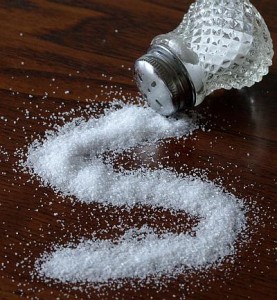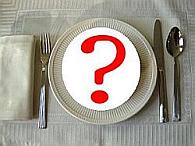When you hear about sodium it is usually pertains to intake of salt (sodium chloride) as in table salt. Sodium and chloride are two separate and important minerals when taken in small amounts.. Because they are found together in many foods you will also find referenced together in recommendation charts.
Salt has been used as preservative and extend shelf life for many processed products such as deli meats, canned goods, and bottled drinks. Because of abundance of availability in so much food products that many people consume too much salt and gotten used to it.
Sodium in small amount helps with:
- Maintain correct body fluid balance
- Muscles to contract and relax
- Nerve impulse transmission
- Maintain normal blood pressure
Most of us take in too much sodium increasing our risks for
high blood pressure, heart disease, stroke and kidney disease. Sensitivity to sodium differs for people already with medical conditions such as diabetes, chronic kidney disease, and hypertension. Also, groups of people like the elderly population, and African-Americans, should pay special attention to how much sodium a day they consume.
There are health risks with too little as well as too high salt intake. Be aware when you have persistent diarrhea or vomiting, excessive use of diuretics or doing things that cause you to sweat a lot.
KEY RECOMMENDATIONS from Dietary Guidelines for Americans
- Consume less than 2,300 mg (approximately 1 tsp of salt) of sodium per day.
- Choose and prepare foods with little salt. At the same time, consume potassium-rich foods, such as fruits and vegetables.
Key Recommendations for Specific Population Groups
Individuals with hypertension, blacks, and middle-aged and older adults. Aim to consume no more than 1,500 mg of sodium per day, and meet the potassium recommendation (4,700 mg/day) with food.
Related posts:
Salt Substitute and Sea Salt for Low Sodium Diet
Tips for Low Sodium Diet Plan
Seasonings for Low Salt Diets
Reading Label for Sodium
Where Do I Get Sodium?



{ 0 comments… add one now }